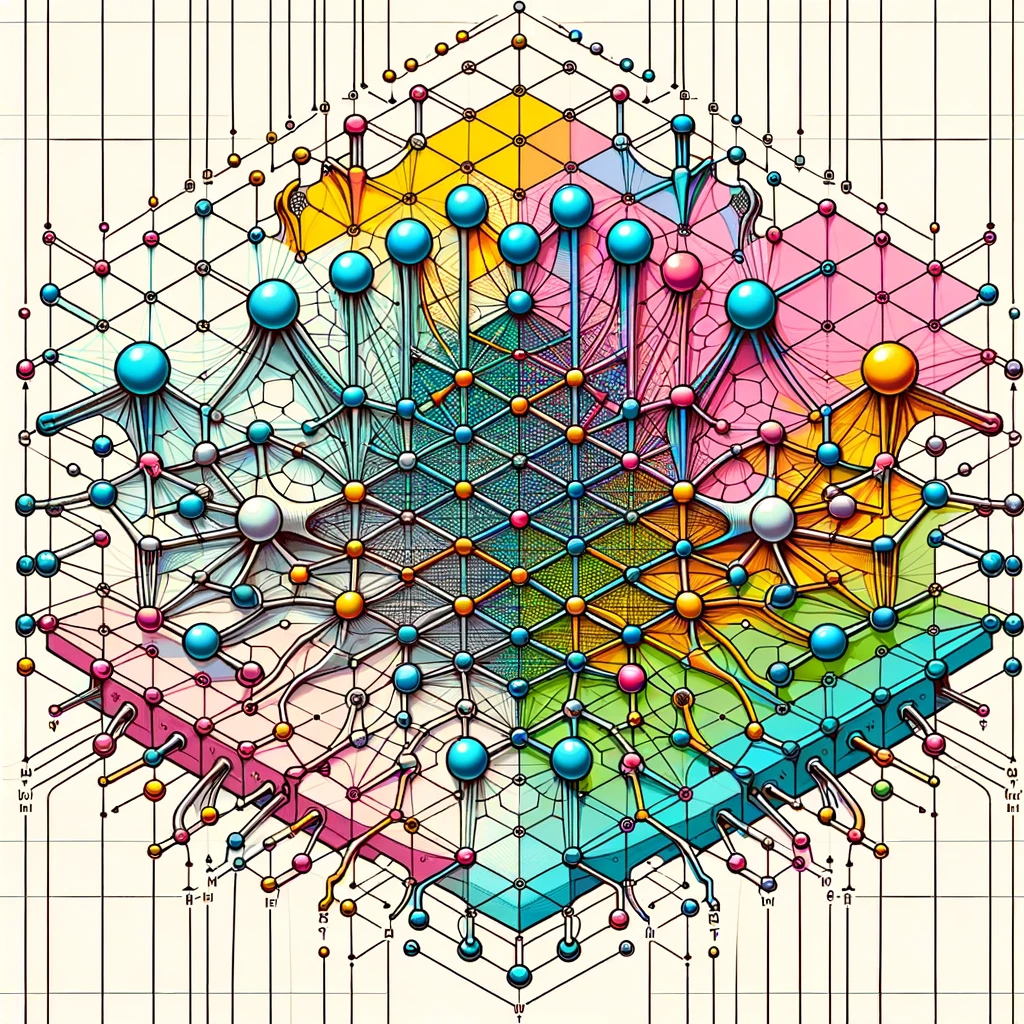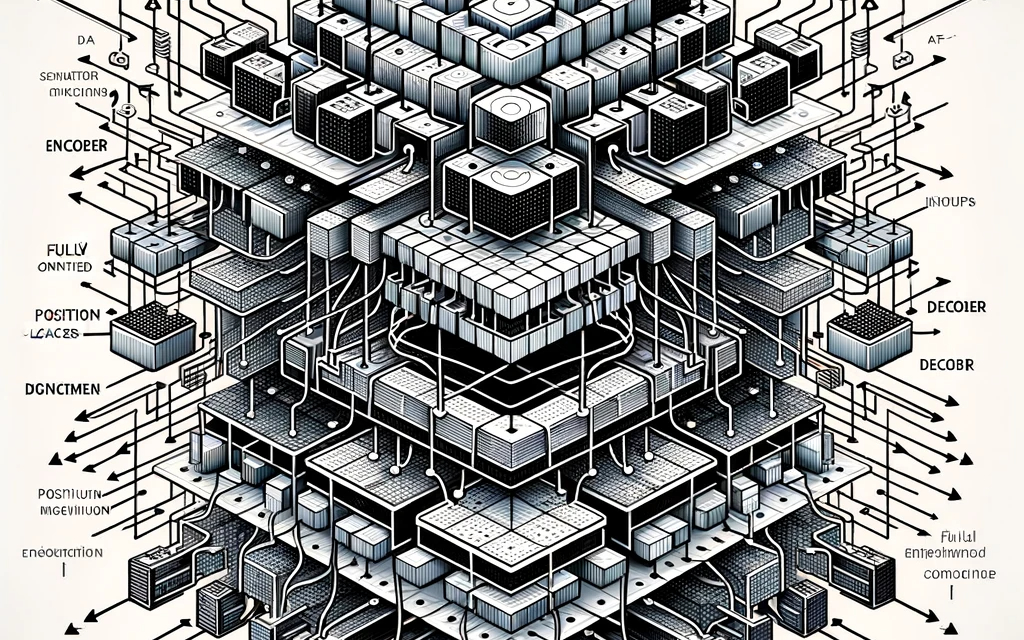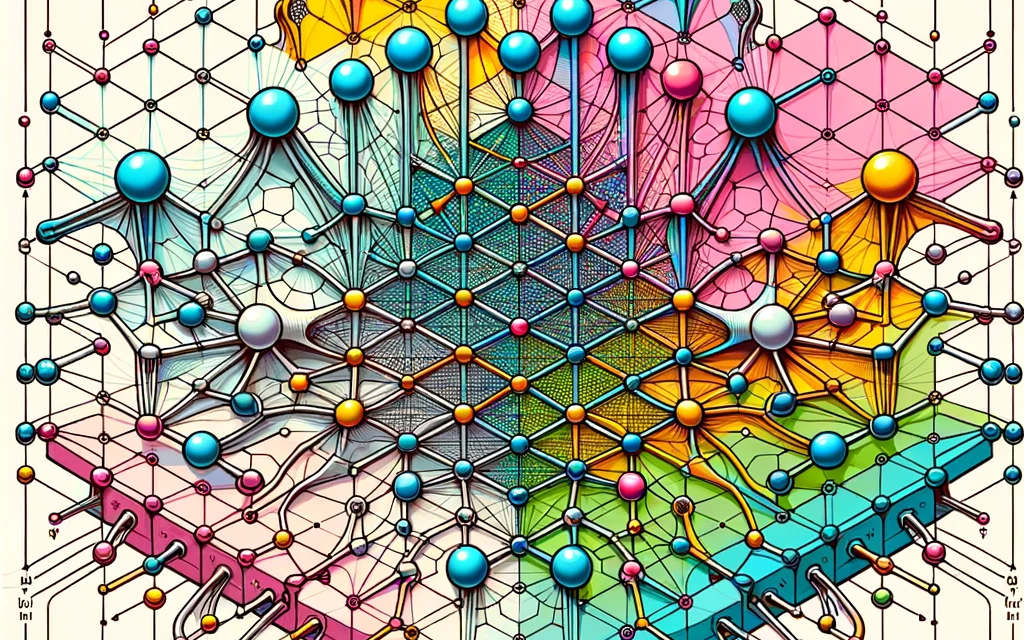Revolutionizing Currency Trading: The Rise of AI Forex Trading Bots and Advanced AI Forex Trading Software Tuesday December 5th, 2023 – Posted in: Arbitrage Software, cryptoarbitrage software, Forex trading – Tags: ai forex, ai forex trading, ai forex trading bot, gpt forex
With the emergence of Chat GPT, traders’ interest in the possibility of applying AI in Forex trading has grown. Let’s explore how practical the application of AI can be for trading in the Forex market and for writing an AI Forex Trading bot.
Introduction – What is a neural network, and what types of neural networks exist?
Neural networks can be classified by various criteria, including architecture, their tasks, and the training method. Here are some of the main types of neural networks:
- Fully Connected Neural Networks (FCNN): All nodes in one layer are connected to every node in the subsequent layer. This is the most basic type of neural network.
- Convolutional Neural Networks (CNN): Particularly effective for working with images and videos as they can capture spatial hierarchies of features.
- Recurrent Neural Networks (RNN): Suitable for processing sequential data such as text or time series because they can use information from previous computation steps.
- Long Short-Term Memory (LSTM): A type of RNN best suited for remembering long-term dependencies and is often used in natural language processing tasks.
- Feedforward Neural Networks: Data moves in only one direction, from input to output, without cycles.
- Generative Adversarial Networks (GAN): Consist of two neural networks competing against each other: a generator that creates data and a discriminator that tries to distinguish forgeries from accurate data.
- Autoencoders: Used to compress data and then reconstruct it, which can be useful for reducing dimensionality and eliminating noise.
- Radial Basis Function Networks (RBFN): Use radial basis functions as activation functions and can be adequate for specific classification and regression tasks.
- Deep Belief Networks (DBN): Consists of multiple layers of unconnected probabilistic graphical models that sequentially train to restore input data.
- Capsule Networks: Attempt to model spatial hierarchies between objects to improve work with images and visual data.
Applying Neural Networks in Creating an AI Forex Trading Bot – Experience of BJF Trading Group
Our company developed the first AI forex trading bot based on Kohonen neural networks a long time ago. Kohonen networks, also known as Kohonen maps or Self-Organizing Maps (SOM), are a type of unsupervised learning. The main feature of Kohonen maps is their ability to transform complex, possibly high-dimensional input data into two- or three-dimensional vectors in low-dimensional space.

Fig 1. – Kohonen neural network
Critical features of Kohonen neural networks include self-organization, competition among neurons during training, preservation of neighborhoods, data visualization, and two phases of learning – rough tuning and fine-tuning for precise input data representation.
We concluded that the use of neural networks is beneficial for creating an AI Forex Trading bot under two conditions: the neural network will act as a filter to block trades if the main algorithm of the AI Forex trading bot makes an incorrect decision, and the network will be retrained at a specified frequency, usually every 2-3 weeks.
What Changed with the Advent of GPT
GPT, on which ChatGPT is based, is indeed a neural network. It belongs to the type of transformer neural networks used for various natural language processing (NLP) tasks. Transformers, like GPT, belong to a class of architectures based on attention mechanisms, allowing models to dynamically focus on different parts of the input data for more effective training. This will enable GPT to process and generate text considering context and semantic connections in the language.

Fig. 2 – Indeed a neural network
Can GPT be Applied to Forex Trading?
GPT and other artificial neural networks can analyze data and assist in decision-making on Forex or any other financial market. They can help analyze large volumes of financial data, including news, economic reports, indicators, and price charts, to identify potential trends and patterns. However, market complexity, the risk of model overfitting, the need for specialized financial data, and latent liability must be considered.
Application of AI for AI Forex Trading Software like SharpTrader
Using AI models such as GPT for Forex trading usually requires significant adaptations and specialized software. This goes beyond the essential functions for which the GPT model was created and requires significant additional development and expertise in finance and machine learning.
AI Forex Trading analysis system
At BJF Trading Group, we have developed a data analysis system using SharpTrader to discern relationships between program settings for a particular broker and trading outcomes. And we can proudly name our SharpTrader Arbitrage platform AI Forex Software. AI helps analyze vast data and uncover latent dependencies between changes in settings and execution times, and hence slippage. This module will help combine the efforts of traders who interact in search of the most optimal settings within each broker and AI that will analyze the flow of information about many traders and learn from it to find the best program settings. We are testing SharpTrader with an AI Trading analytical block for the built-in latency arbitrage strategy. We plan to provide our clients access to this AI module in the coming weeks.
AI Coding autopilot for Forex Strategies
We also plan to use AI coding autopilot for the internal language of SharpTrader strategy programming. AI coding autopilot is an advanced artificial intelligence system that assists with or automates various coding and software development aspects. The concept involves using AI algorithms, often based on machine learning and natural language processing, to understand, generate, and optimize code. Here’s a detailed description of how it typically works:
- Understanding Context and Requirements: AI coding autopilot systems are trained on vast code and programming literature datasets. They use this training to understand context, coding standards, and specific requirements based on user input, project documentation, or comments within the code itself.
- Code Generation: These systems can generate code snippets, functions, or even entire modules based on the requirements. They utilize natural language processing to interpret requests in human language and convert them into functional code. For instance, if a developer asks the AI to “create a function to calculate the Fibonacci sequence,” the AI would generate the corresponding code.
- Code Completion and Autocorrection: Like predictive text in messaging apps, AI coding autopilots can predict and suggest the following line of code or complete code structures as the developer types. This feature not only speeds up the development process but also helps in reducing syntactical errors.
- Code Optimization and Refactoring: AI systems can suggest optimizations to make code more efficient and maintainable. This includes refactoring code to improve readability, suggesting more efficient algorithms, and identifying potential bugs or vulnerabilities.
- Learning from Feedback: As developers use these systems, the AI learns from the feedback and interactions to improve its suggestions and code generation over time. This adaptive learning approach allows the AI to become more aligned with the user’s specific coding styles and preferences.
- Integration with Development Environments: AI coding autopilots are often integrated into popular Integrated Development Environments (IDEs) and other coding tools, allowing developers to use AI features seamlessly in their regular coding workflow.
- Collaborative Coding: These systems can facilitate collaborative coding efforts by ensuring consistency in coding practices across a team, helping merge contributions from different team members, and maintaining coding standards.
- Documentation and Reporting: AI can also assist in generating documentation for the code, commenting on complex code segments, and creating reports on codebase health or performance.
 Deutsch
Deutsch 日本語
日本語 العربية
العربية 한국어
한국어 Español
Español Português
Português Indonesia
Indonesia Tiếng Việt
Tiếng Việt 中文
中文


